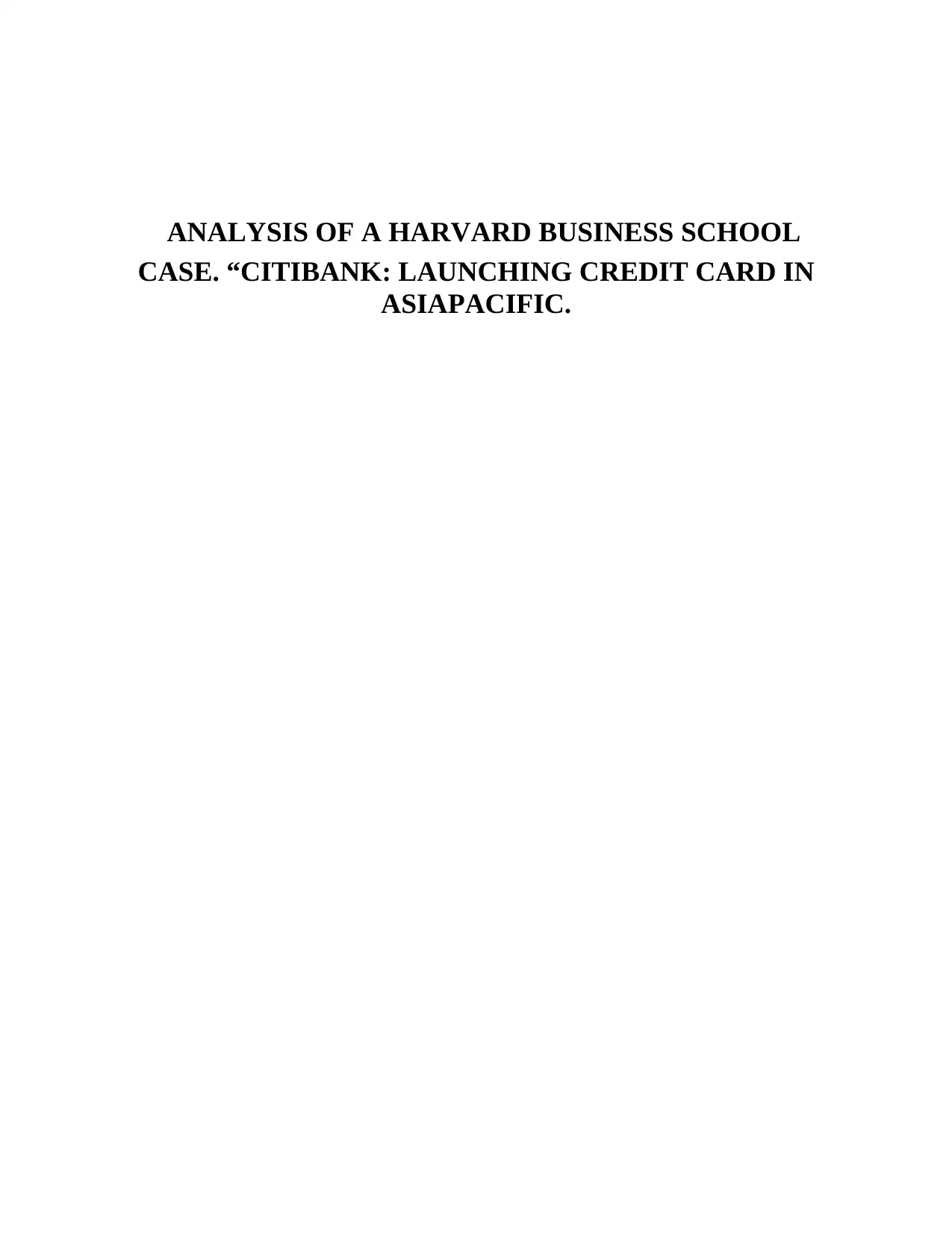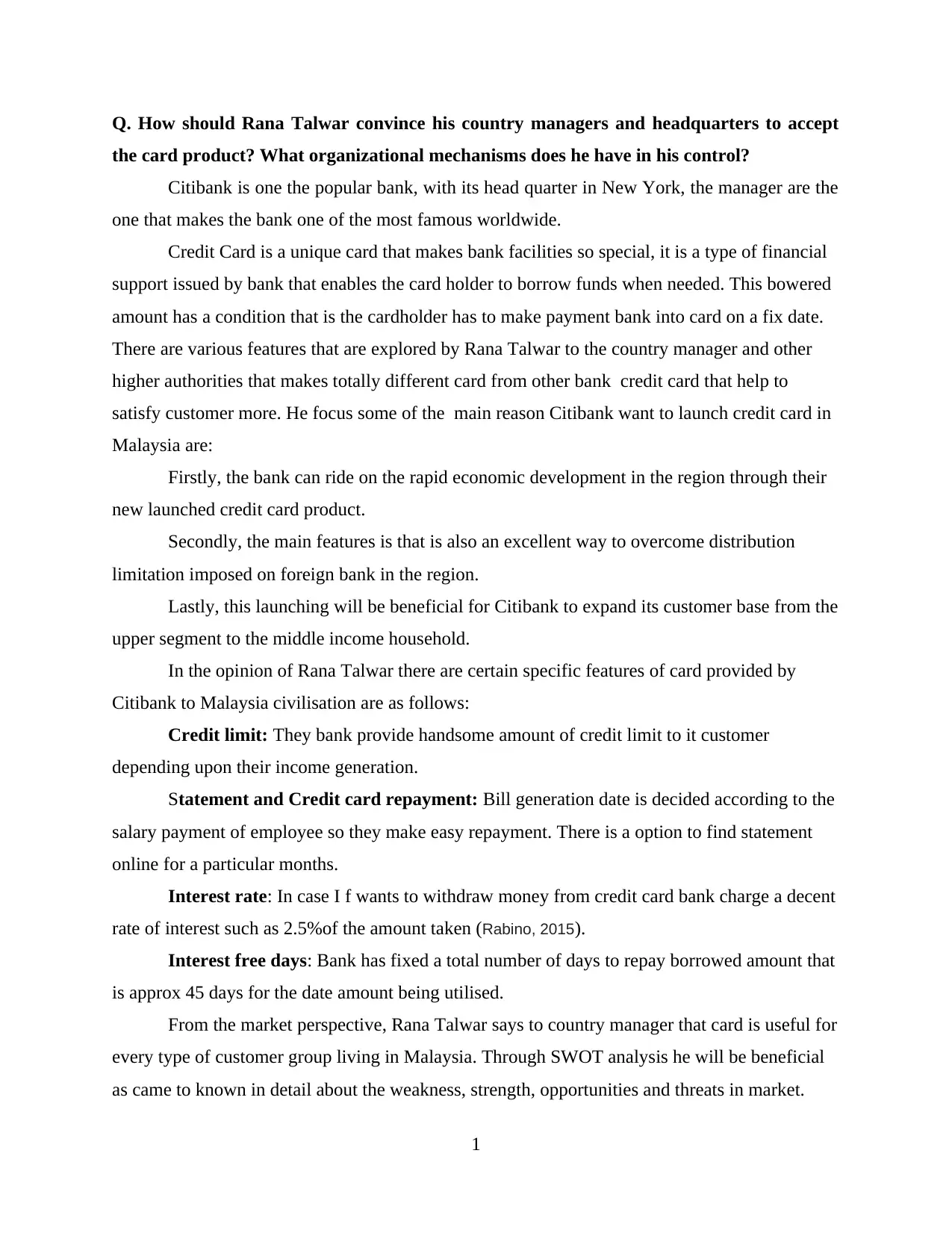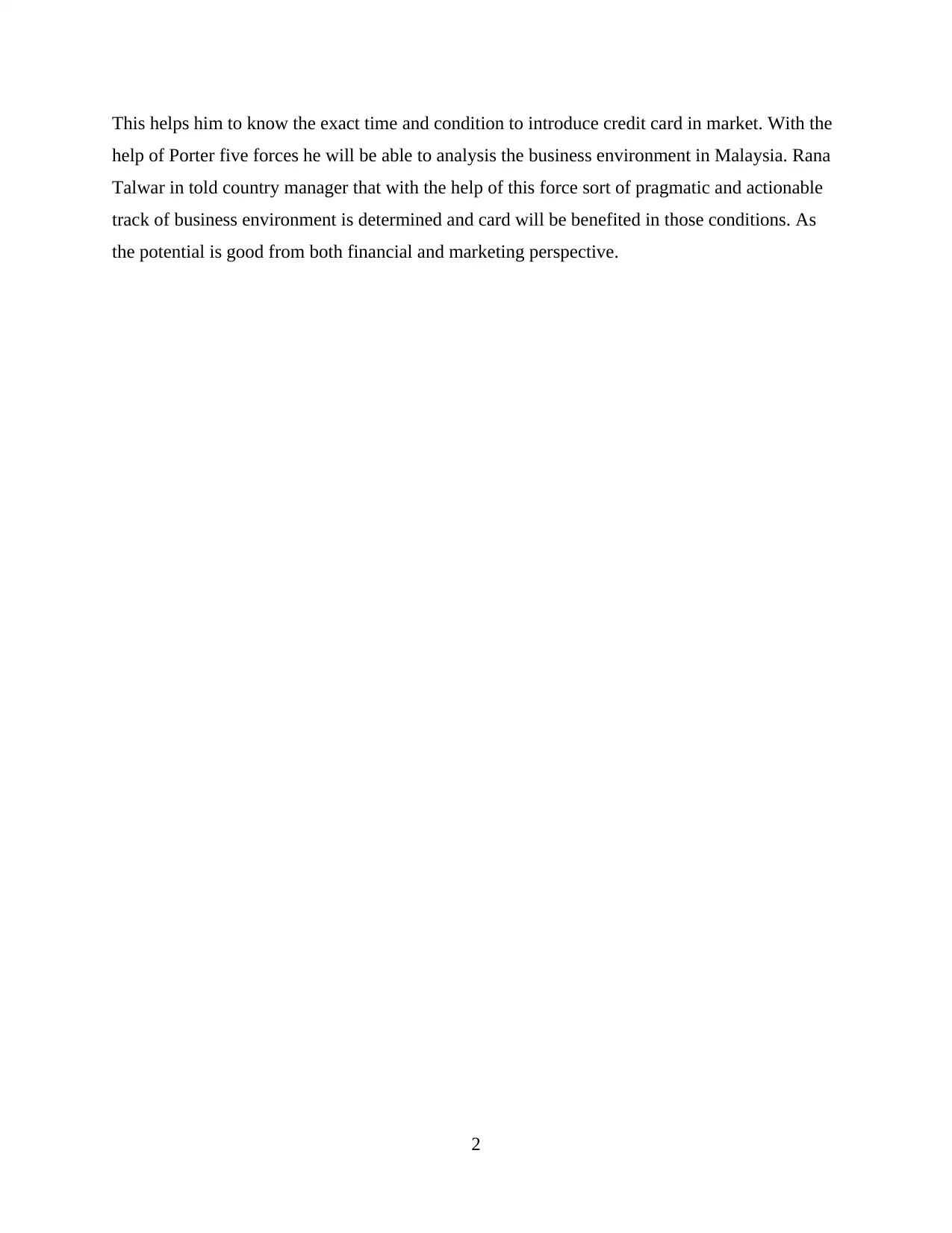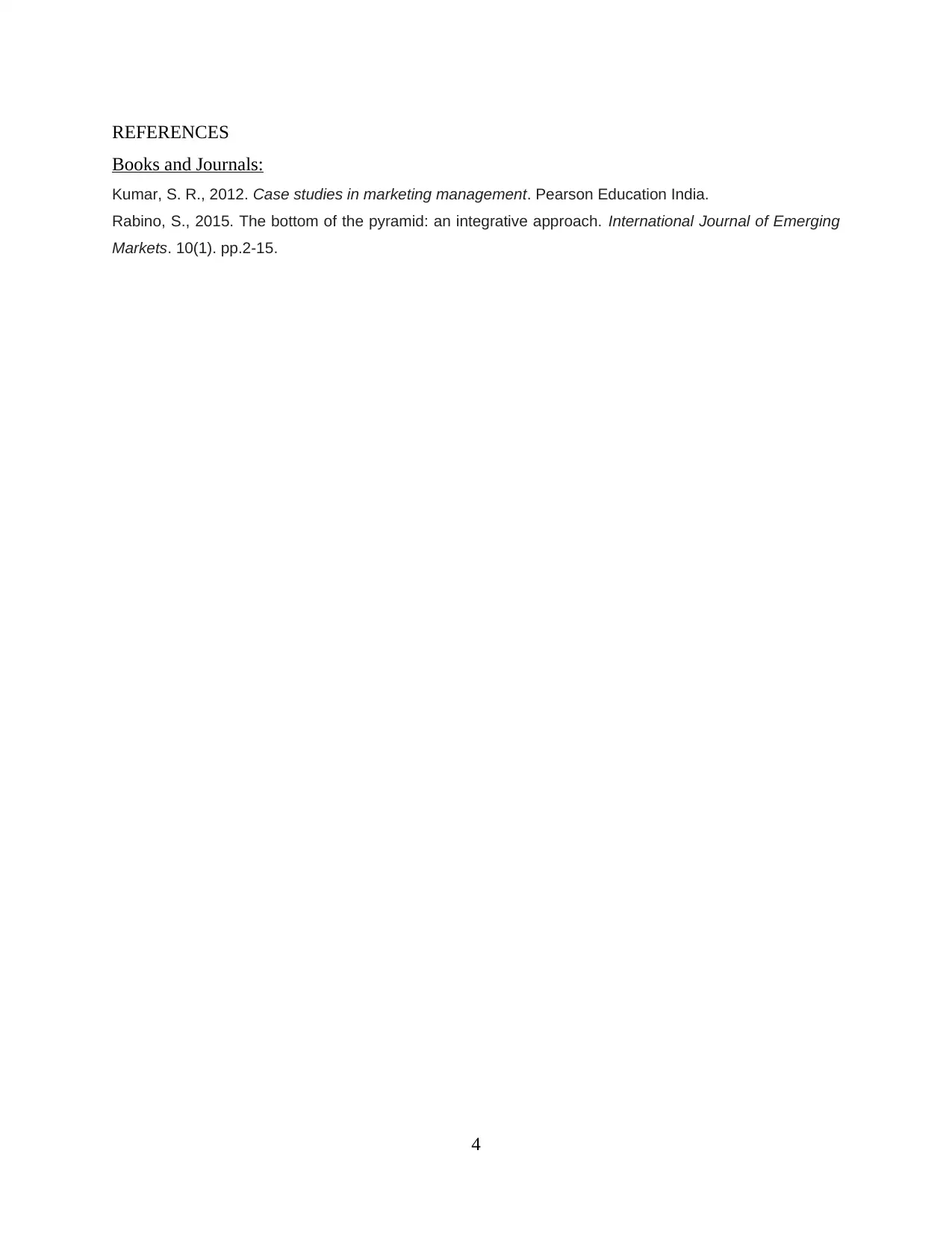Citibank's Credit Card Launch in Asia Pacific: Case Analysis
VerifiedAdded on 2020/10/22
|5
|579
|130
Case Study
AI Summary
This case study analysis focuses on Citibank's strategy for launching a credit card in the Asia-Pacific region. The assignment examines the challenges faced by Rana Talwar in convincing country managers and headquarters to approve the launch. It highlights the features of the proposed credit card, including credit limits, statement and repayment options, interest rates, and interest-free periods. The analysis also explores the marketing and financial perspectives, emphasizing the use of SWOT analysis and Porter's Five Forces to assess the business environment in Malaysia. The study references key academic sources and discusses the potential benefits of the credit card launch for expanding Citibank's customer base and capitalizing on economic growth in the region. The analysis covers the rationale behind the launch, including overcoming distribution limitations and targeting the middle-income demographic.
1 out of 5












![[object Object]](/_next/static/media/star-bottom.7253800d.svg)